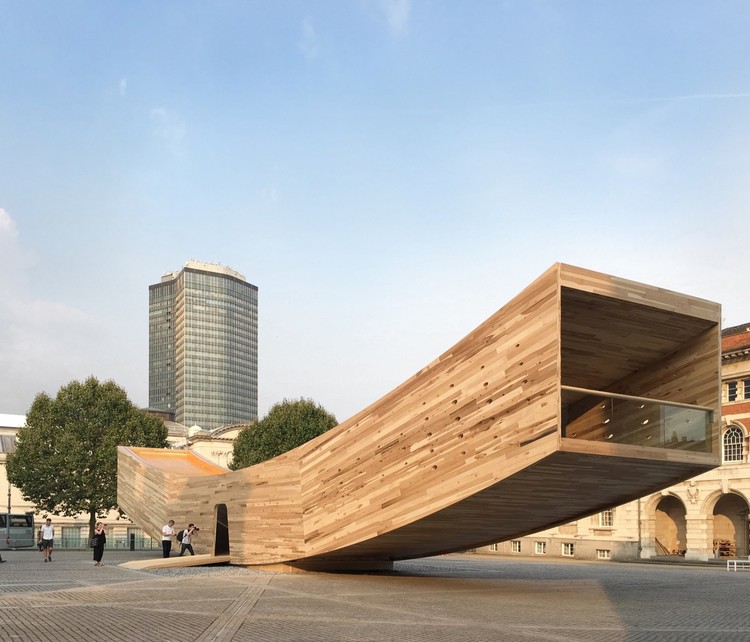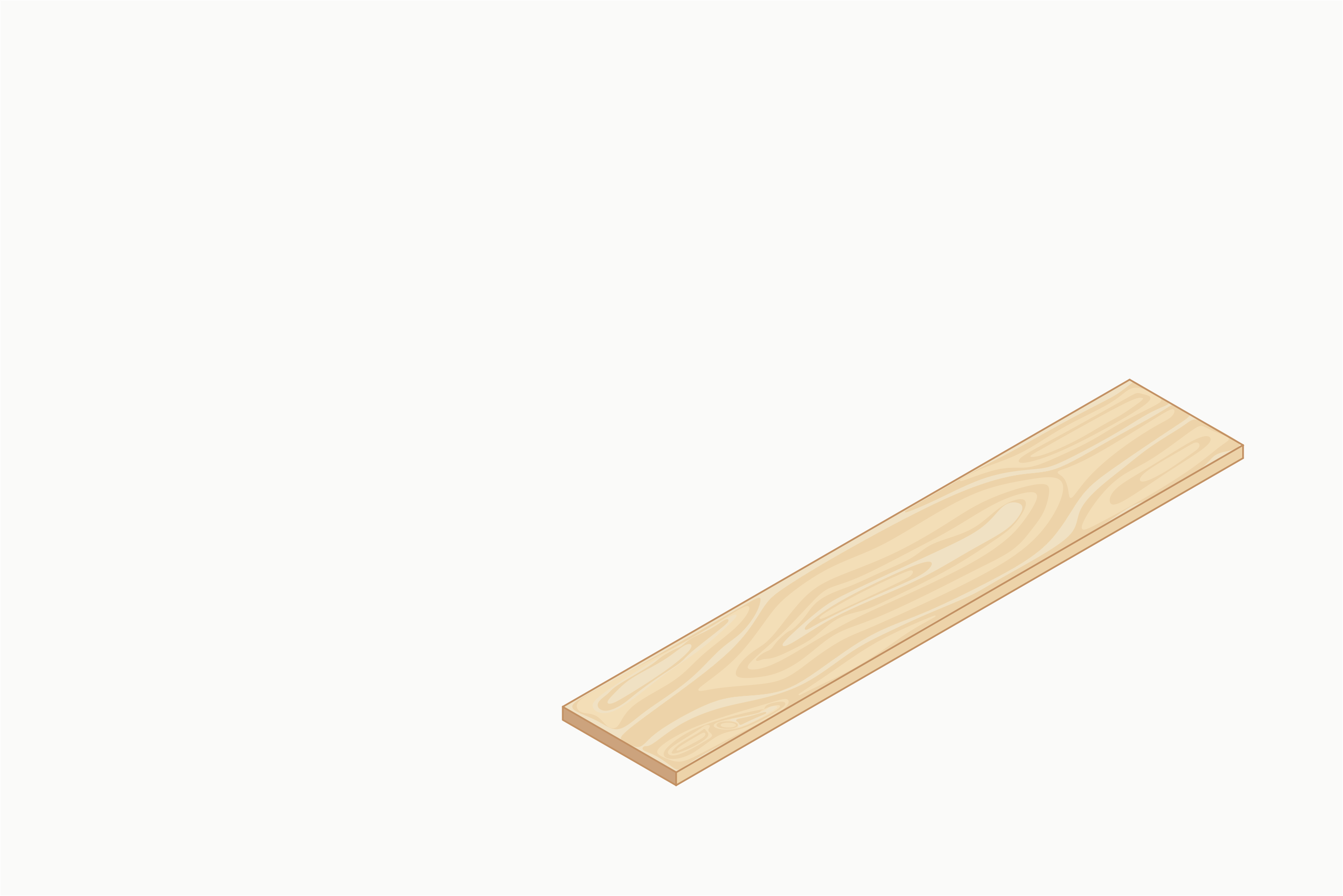
A few weeks ago we published an article on a recent sustainability crisis that often goes unnoticed. The construction industry has been consuming an exorbitant amount of sand, and it's gradually depleting. When used for manufacturing concrete, glass, and other materials, it is a matter that should concern us. Construction is one of the largest producers of solid waste in the world. For instance, Brazil represents about 50% to 70% of the total solid waste produced. But how can we change this situation if most of the materials we use are not renewable, and therefore, finite?
Popularized in Europe and gradually gaining attention in the rest of the world, Cross Laminated Timber (CLT) stands out for its strength, appearance, versatility, and sustainability.

The material consists of planks (or lamellas) of sawn, glued, and layered wood, where each layer is oriented perpendicular to the previous. By joining layers of wood at perpendicular angles, structural rigidity for the panel is obtained in both directions, similar to plywood but with thicker components. In this way, the panel has great tensile and compressive strength.

It's a sustainable material because it's composed of wood, a renewable resource (usually from reforestation), and doesn't require the burning of fossil fuels during its production. It has been used for infrastructure and support in large construction sites, as forms for concreting bridges, or even as bases for tractors in unstable terrain during the construction of dams. Its potential for small constructions has been noted because of its interesting appearance and structural strength. Currently, there are even skyscrapers being built with CLT parts.


The panels can function as walls, floors, furniture, ceilings, and roofs; CLT's thickness and length can be adaptable to the demands of each project. Generally, panels made of CLT are assembled and cut in their production, already foreseeing the joints, openings, and drills specified in the design. The parts are then transported to the site, and then assembly takes place there. Silvio Lagranha Machado, a partner at MAPA, points out that "since it is a solid panel composed of a single material, the structure requires no cladding, which reduces the need for labor and materials for its final appearance. The same wall that receives the structural stresses of the roof remains exposed, but there is still the option to cover it without any major problems." Generally, the surfaces are only given the application of a transparent waterproofing, making the natural designs of the fibers of the wood evident.


In projects with CLT, construction on site doesn't last more than a few days. It is a quick and dry process, with very little waste generation. Of course, the project should be cautious. "More time in design results in less time working on site. And this should be the reasoning for all materials," adds Silvio.
Although the cost of the material is high, factors such as shorter construction time, greater quality control, and cleaning can be taken into account when making your choice. Another issue is cultural. Wooden houses are still stigmatized as a less noble material. However, considering that the construction industry still relies heavily on non-renewable resources, Laminated Cross Timber can be an excellent choice for building material.
Here are some projects that already use CLT.
Skilpod #150 Zero Energy / Skilpod + UAU Collectiv

MINIMOD Catuçaba / MAPA

Kiterasu / ofa

Cross-Laminated-Timber Cottage / Kariouk Associates

CLTHouse / atelierjones

Maria & José House / Sergio Sampaio Arquitetura

The Smile / Alison Brooks Architects



















